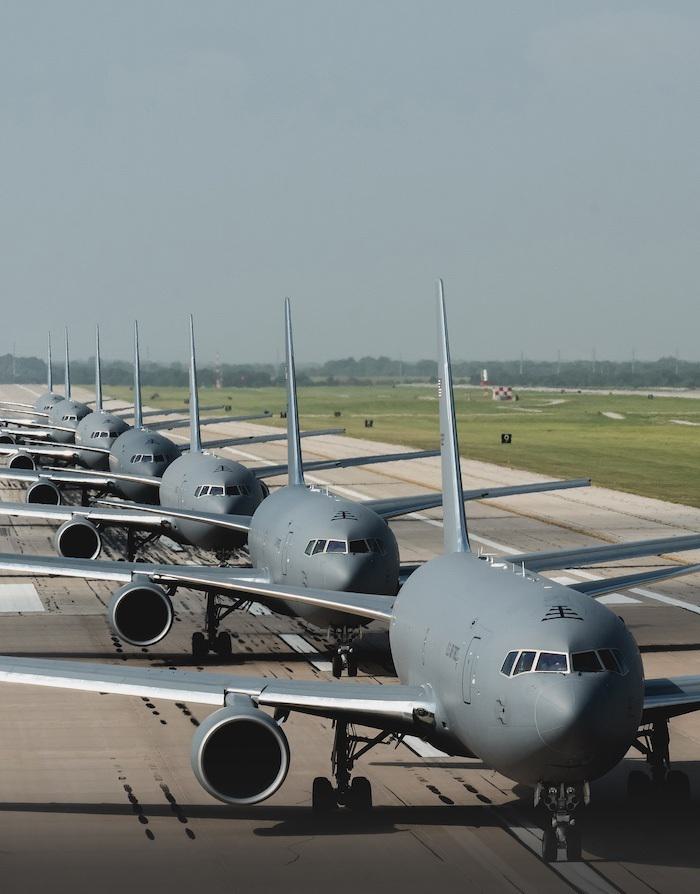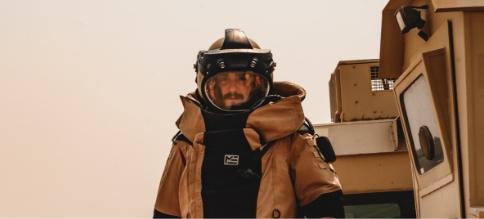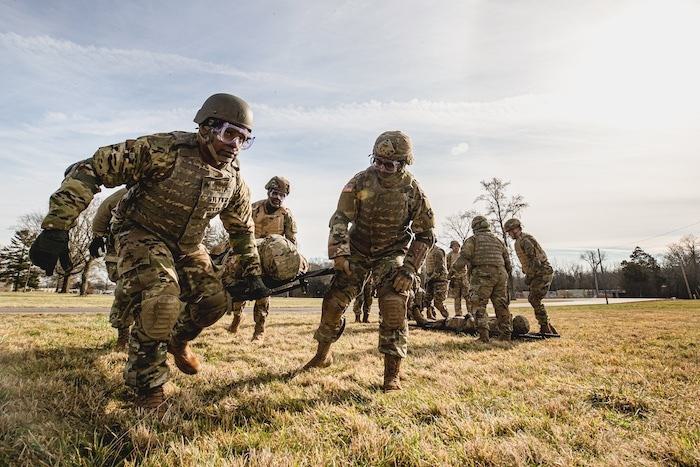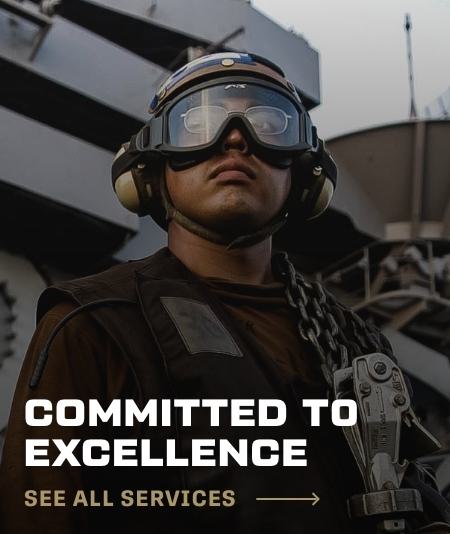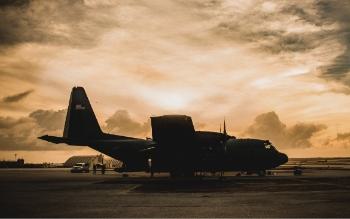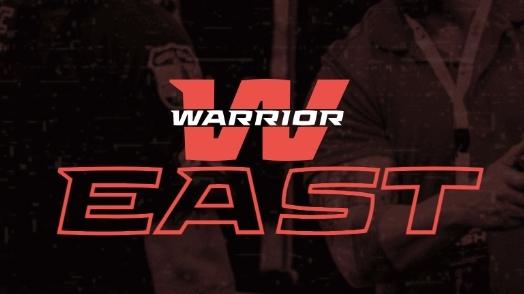
Fundamentals of Air Purifying Respirators: Avon Protection
With the ongoing global COVID-19 pandemic and increasing civil actions throughout the world, the focus of military, civil special forces and first responders on the front lines of those actions is on their protective equipment. There are so many Air Purifying Respirators (APR) on the market – how do organizations know which one they need? The short answer is that it depends on the organization’s mission and characteristics of the actions they are engaged in. Since there are more potential situations than there are types of APR systems, we’ll take a look at requirements in the context of the equipment.
THE BASICS OF FULL FACEPIECE AIR PURIFYING RESPIRATORS
Many masks currently on the market are referred to generically as “Air Purifying Respirators.” These range from disposable coverings that go over the nose and mouth to high-tech rubber masks that completely seal around the face. Military special forces and first responders on the front lines of national and civil defense need to have the highest level of protection available, so for the purposes of this paper we will be talking about high-tech rubber Air Purifying Respirators.
Special forces and first responders have multiple choices when it comes to selecting an appropriate APR for their mission – some manufacturers even offer more than one kind of APR, each with various features.
These may include different:
- Mask configurations, such as the shape of the eye lens and location of the filter port(s).
- Communications capabilities.
- Hydration system connections.
- User comfort features.
Although there are various APR configurations available, the bottom line is that every APR protects the wearer from inhaling contaminants and fits into one of three categories:
- Negative pressure
- Positive pressure
- Negative AND positive pressure
1. NEGATIVE PRESSURE APR – AMBIENT AIR SUPPLY
Respirators with negative pressure provide air to the user from the atmosphere. This ambient air is drawn in by the user on demand through inhalation and removed by exhalation. The air is cleaned by a filter attached to the APR. Some negative pressure APRs support the attachment of a powered apparatus that makes breathing in the mask and through the filter easier. As long as the APR system components remain intact, negative pressure APRs are effective in protecting the wearer from select airborne contaminants until the filters are saturated or removed.
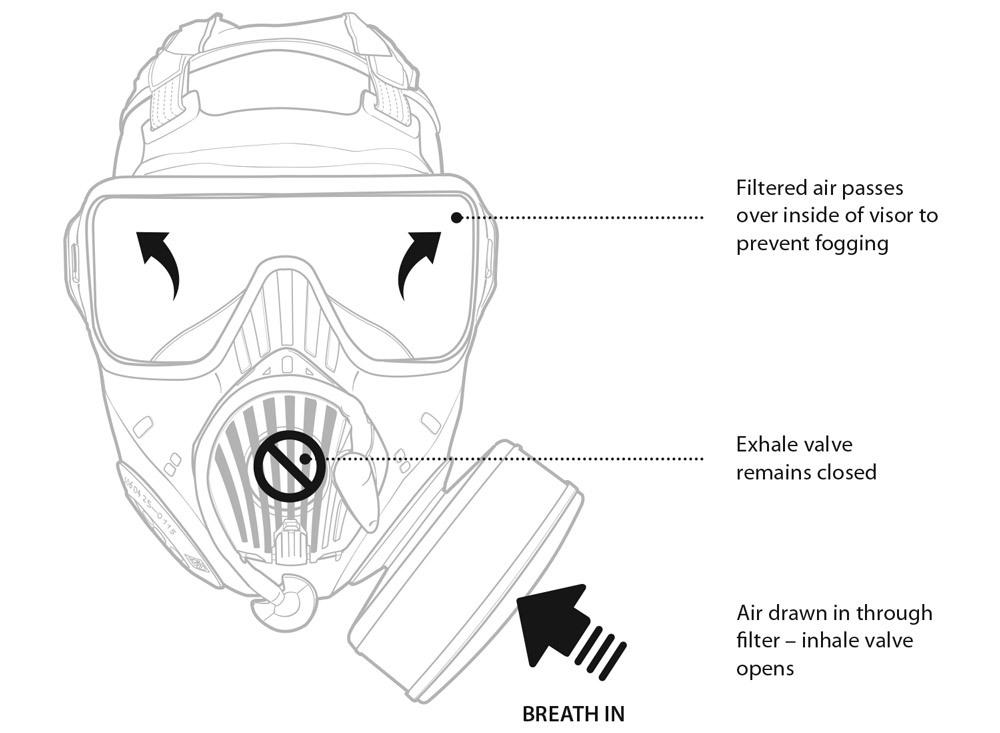

APR System Components
Every APR is one component in a system that provides protection from contaminants for the wearer. The necessary component for a negative pressure APR is a filter. Filters are either attached directly to the mask or to a powered apparatus.
Filter Canister:
All negative pressure APRs require the attachment of one or more filter canisters to remove impurities from the ambient air the user is breathing. The type of filter canister you need depends on the contaminants you want to filter out, the thread on your APR, and whether you are required to use a certified filter.
Filtration:
Filter canisters generally come in two protection levels:
- Filter out basic contaminants such as dust, virus, and radioactive particles; and
- Filter out complex contaminants that may include a wide range of Toxic Industrial Chemicals (TICs) and chemical warfare agents.
The more protection needed, the bulkier and more expensive the filter canister is likely to be, although specialty low-profile canisters are available. Filter canisters also come in two body styles: conformal, or standard. Conformal filters fit close to the mask and therefore have a lower profile that is less obtrusive to the wearer.
Thread:
Modern filter canisters available today attach to most APRs on the market by the NATO standard 40 mm thread (STANAG). The GOST (Russian) filter canister has a 40 mm thread, but the threads are a different pitch. Because of this, 40 mm STANAG filters will not fit on a GOST-threaded mask. A select few APRs – for example the Joint Service General Purpose Mask (JSGPM) also known as the M50/M51, and the FM50 – accommodate the M61 / FM61 CBRN canister, which is a low profile, high protection, non-threaded filter.
Certification:
Organizations concerned about or required to observe occupational health and safety regulations use equipment that is certified to operate at the highest levels of protection and performance. The three most common certifications are described below.
NIOSH: Industry standard civil and commercial certification granted by the National Institute for Occupational Safety and Health, which is part of the U.S. Centers for Disease Control and Prevention.
MILSPEC: Department of Defense standard to ensure that products used by the U.S. military forces meet requirements and are interoperable.
CE: Mandatory regulatory health, safety, and environmental standard used in the European Economic Area.
Powered Apparatus:
Some APRs have a port for the filter canister that can also be used to attach a hose connected to a powered apparatus. The powered apparatus includes a filter,
a motor, and a blower. The negative pressure system, including the mask and powered apparatus, is commonly known as a Powered Air Purifying Respirator – or PAPR. PAPR configurations, usually worn either on the belt or the back, provide the following benefits:
- Continuous air flow that lowers breathing resistance,
- Lower fatigue,
- Higher confidence, and
- Improved communications.
PAPR users can realize increased protection and operational time if the powered apparatus accommodates multiple filters.
2. POSITIVE PRESSURE APR – SUPPLIED AIR
Positive pressure APRs do not use filters – wearers breathe clean air that is supplied to the mask by connection to a clean air supply, usually from a compressed air cylinder worn on the back and attached to the mask by a hose. The clean air supply may also be supplied through on-board vehicle systems, such as is found in some military armored vehicles and aircraft. Because the air supply is contaminant free, positive pressure APRs provide a higher level of protection than negative pressure APRs. Positive pressure APRs are effective in protecting the wearer from air-borne contaminants until the supplied source of clean air is depleted or disengaged.
The positive pressure system, including the mask and supplied air, is commonly known as a Self-Contained Breathing Apparatus – or SCBA. There are two types of SCBA:
- Open circuit system: Air supplied to the system from a highpressure line or cylinder is exhaled and released to the atmosphere.
- Closed circuit system: Air supplied to the system from a highpressure line or cylinder is recirculated within it. Because the system is closed it provides the maximum amount of user protection.
/// System Components
Positive pressure APRs require the use of an on-board air supply or a PAPR. PAPRs come in multiple configurations that provide different levels of protection, mission duration, user burden, and profile.
3. NEGATIVE OR POSITIVE PRESSURE APR – AMBIENT OR SUPPLIED AIR
All Air Purifying Respirators as we define them are negative pressure units. However, some negative pressure APRs can be converted to POSITIVE air pressure via a switch on the mask. These dual pressure APRs are commonly known as a Combination Unit Respirator.
Avon Protection's global installation of military-grade, industry-leading personal protective equipment is at the frontline of today’s national defense, emergency service, and tactical deployment strategies. Their modular, total system approach to respiratory protection ensures that customers can advance with confidence when facing the many CBRN, TICs and TIMs threats that exist in today’s world.
Contact
We are committed to consistently providing every customer with Legendary Customer Service. We take pride in delivering on these promises. Email us, give us a call, or fill out the form below and we’ll get back to you within one business day.

